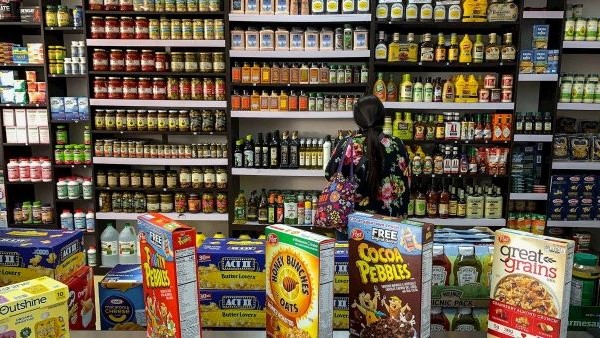
New research by Venezuelan consulting firm ANOVA shows how the poorest percentile in Venezuela is getting poorer while the richest one improves dramatically its income.
By Caracas Chronicles
May 10 2022
Some believe that Venezuela is doing better, some don’t. And two variables that tend to pop up in such discussion are the number of dollars in circulation and the availability of goods on supermarket shelves.
Even though most people can agree that the availability of products has increased, purchasing power has not; and a recently published ANOVA Policy Research provides evidence to support this point. The research claims that “there’s empirical evidence that the average increase in income and the greater availability of consumer goods does not necessarily translate into higher levels of consumption for the entire population.” In other words: a good chunk of Venezuelans are not enjoying the benefits of the increasing dynamization of the economy.
According to ANOVA, there are 4 key constraints that Venezuelans face to increase their consumption levels: only 53.8% of people between 15 and 64 years old participate in the labor market (the lowest labor activity rate in the entire region); private sector labor income has increased, but remains very low (for example, the average monthly remuneration of the Caracas trade and service sectors was only USD 116 a month as of April 2022; public sector salaries remain extremely low, averaging USD 17.9 a month; and remittances are received by only 1 in 4 families, receiving an average of USD 65.8 per month.
ANOVA concludes that the growth of income is, in absolute terms, highly regressive, and only the richest 10% of the population improved its position in the distribution in relative terms. Moreover, the global indicators of inequality are deteriorating abruptly.
In short: more dollars are circulating and more goods are seen on market shelves, but such perks are enjoyed only by the top portion of the socio-economic pyramid.
What Venezuela can report in terms of economic recovery has been headlined as a rebound in productivity, but the data shows that the real story behind this “recovery” is an amplifying gap between a consumption bubble and a mass of millions who can barely get by.
…
Read More: Caracas Chronicles – Bodegonzuela stands on the shoulders of inequality
…

